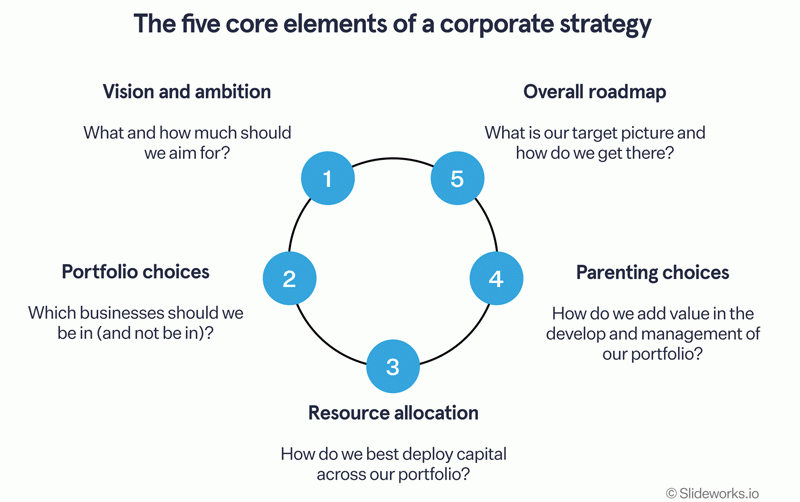
AGGREGATE expenditure is the total amount spent of the economy’s output by all households, firms, foreigners as well as the government.
The components of aggregate expenditure consist of household consumption, business investment, government purchase and net exports.
When aggregate demand is less than aggregate output, inventories will increase and prices will fall.
Firms will lower production and lay off workers to save on cost and lower price to sell off their inventory.
It is, therefore, because of this relationship that America spends approximately 20% of the world’s income.
If households have high income, there are likely to increase their spending on many goods and services.
The relationship between income and consumption is one of the cornerstones of the macro-economics.
Firms are likely to decide that a higher level of output means that they should build up their capital stock and thus increase their investment.
- ‘Zim’s retailers deserve a wage subsidy’
- ‘Zim’s retailers deserve a wage subsidy’
- Africa’s debt conundrum
- High input costs could hit crop output
Keep Reading
The expenditure-output model, sometimes also called the Keynesian cross diagram, determines the equilibrium level of real gross domestic product (GDP) by the point where the total or aggregate expenditures in the economy are equal to the amount of output produced.
Aggregate expenditure is the total amount spent for the economy's output by all households, firms, foreigners, and the government.
Prices are determined by the equilibrium between aggregate demand and aggregate supply, but aggregate expenditure is the amount actually spent, revealing actual demand at current prices and aggregate supply.
Aggregate supply (AS) is the total supply of goods and services, which firms in an economy plan on selling during a specific time period.
Aggregate demand (AD) is the total demand for final goods and services in the economy at a given time and price level.
Aggregate expenditure is the current value of all the finished goods and services in the economy. The AD-AS model is used to graph the aggregate expenditure at the point of equilibrium.
In economics, the fiscal multiplier is the ratio of change in the national income in relation to the change in government spending that causes it.
The multiplier is influenced by an incremental amount of spending that leads to higher consumption spending and increased income.
As a result, the overall national income is greater than the initial incremental amount of spending.
The aggregate expenditure is the sum of all the expenditures undertaken in the economy by the factors during a specific time period.
The aggregate expenditure determines the total amount that firms and households plan to spend on goods and services at each level of income.
When there is an excess of expenditure over supply, there is excess demand, which leads to an increase in prices or output (higher GDP).
Is a healthier economy with a high multiplier, any change in aggregate demand will tend to be substantially magnified, and so the economy will be more unstable.
With a higher multiplier, government policies to raise or reduce aggregate expenditures will have a larger effect.
Thus, a high multiplier means a more volatile economy, but also an economy in which government macroeconomic policy is more powerful.
- Nyatanga holds a Bachelor’s degree in banking and investment management. — 0784909184/ blessnyatanga@gmail.com.










